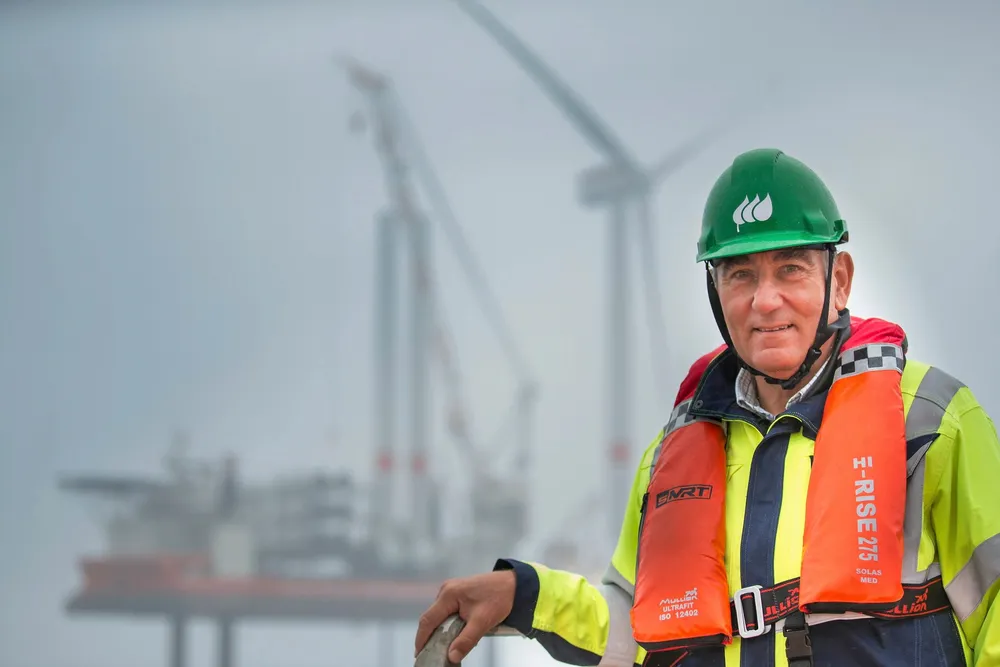Iberdrola $6bn warchest dash shows which way the wind is blowing
ANALYSIS | Surprise fundraising shows Spanish offshore wind giant accelerating into networks future faster than even it expected

Iberdrola’s dash to raise €5bn ($5.9bn) from shareholders to fund expansion in networks took markets by surprise and shows the Spanish giant speeding faster into a grids-dominated future than even it expected.
Galan signalled then that networks would from now on be favoured. “We have the choice to reinforce our investment in grid or continue booming in renewables,” he said.
By 2031, Iberdrola expects its networks asset base to stand at €90bn, up from €55bn now and just €30bn in 2020.
The balance between networks and the generation side of Iberdrola's business has already shifted dramatically.
Tancrede Fulop, senior equity analyst at Morningstar, said it was a sign of the times for Iberdrola that it chose to spend some of the proceeds received from the early 2024, $6bn sale of its Mexican gas generation business on a network asset such as ENW.
Iberdrola has since 2022 been consistent in trimming renewables investment plans and boosting networks, with the latest capital raising an apparently “opportunistic” continuation of that approach, Fulop added.
“We were expecting the network business, the network demand to increase in most countries,” but not as soon and at the scale at which it’s happening, said the Iberdrola chief.
With existing assets creaking and the need to accommodate new renewable generation sources and giant demand sources such as AI data centres, Iberdrola sees nothing to dent its enthusiasm for networks as long as regulators underpin a sufficiently attractive investment case (Galan was downbeat on the prospects for grids in Iberdrola's home Spanish market).
Regulatory clarity in the two key countries it has identified for networks growth, the UK and US, revealed “the size of the investment we have to afford in the next few years”, added Galan.
Iberdrola said later on Wednesday that the new share issue had closed almost four times oversubscribed, "demonstrating the strong market support for the company's strategy".
'Selective approach in renewables'
While it’s all systems go in networks, the watchword in renewables is “selective investments”.
Iberdrola is bringing partners such as Masdar into its offshore wind business and when it comes to divestments, Galan made it clear it will not be network assets that are put on the block. “It's clear that our priority is networks and we would like to keep networks.”
While lauding the “clear, stable, and attractive frameworks” offered by networks investments in favoured regulated markets, Galan will have seen in the US how policy shifts and unexpected setbacks can put offshore wind on the back foot.
Iberdrola remains a major force in global offshore wind, but as Fulop noted: “With offshore wind, it can take four years to build and it’s capital intensive. During that time you invest a lot with no remuneration. You’re exposed to cost overruns and delays. With networks your investment is immediately remunerated, there’s no time lag.”
(Copyright)